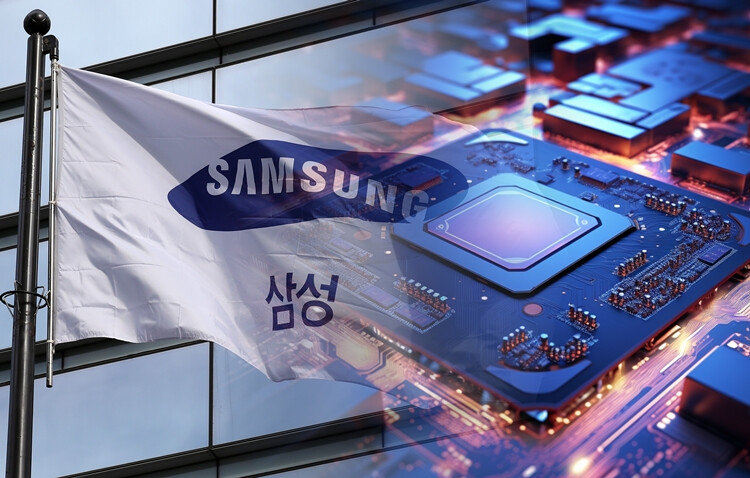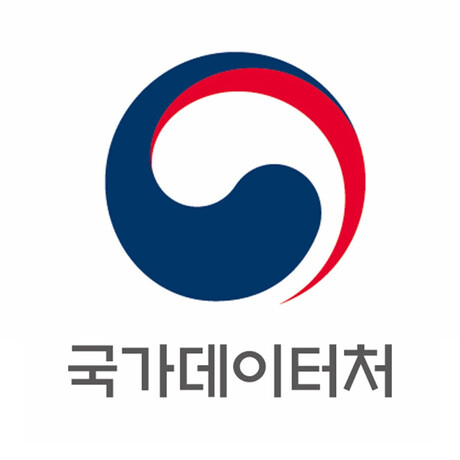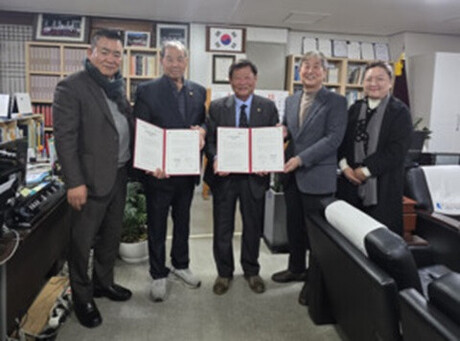
Samsung Electronics announced its third quarter performance in the semiconductor division was weaker than market expectations, with an operating profit of only 3.86 trillion won. The operating profit of the semiconductor division in the third quarter is more than 3 trillion won less than that of competitor SK Hynix. It accounts for 42% of total operating profit, a sharp decline from 61% in the previous quarter (2nd quarter).
Samsung Electronics announced on the 31st that it recorded KRW 79 trillion in consolidated sales and KRW 9.1834 trillion in operating profit in the third quarter. Compared to the same period last year, sales and operating profit increased by 17.3% and 277.4%, respectively.
The mobile experience (MX) sector improved by 13% compared to the previous quarter due to the launch of new smartphone models. The Device Solutions (DS) sector increased by 3% compared to the previous quarter due to increased sales of high-end memory.
Gross profit is 30 trillion won. Sales increased slightly compared to the previous quarter due to the expansion of MX’s flagship flagship sales. Operating profit recorded KRW 9.18 trillion, a decrease of KRW 1.26 trillion from the previous quarter due to the impact of one-time costs such as incentive provision in the DS division.
The one-time cost of the DS division was larger than the difference between company-wide operating profit and market consensus.
Samsung Electronics continued to invest actively in research and development to secure technological competitiveness, recording research and development expenses of up to KRW 8.87 trillion in the quarter.
Memory profits decreased compared to the previous quarter due to a reduction in the size of inventory valuation loss reversal, one-time costs such as incentive provision, and welcome changes due to the weakening dollar. Sales of high value-added products such as HBM (high bandwidth memory), DDR5, and server SSDs have expanded. Accordingly, HBM, DDR5, and server SSDs recorded high sales growth.
System LSI's performance decreased due to a one-time increase in costs. SoC (system-on-chip) sales increased due to securing new customers for flagship products, and DDI (display driver IC) sales also increased. The foundry's performance fell compared to the previous quarter due to the impact of one-off costs as the recovery of mobile and PC demand was slower than expected. Securities analysts predict that the foundry and system LSI divisions will have a deficit of around 1.5 trillion won.
The Device Experience (DX) division recorded sales of KRW 44.99 trillion and operating profit of KRW 3.37 trillion. Mobile Experience (MX), which is in charge of smartphones, saw sales and operating profit grow compared to the previous quarter due to the launch of new products. As product specifications increased, material costs increased, but sales expanded through sales of flagship products, resulting in a double-digit profit margin.
The Visual Display (VD) Division focused on selling strategic products such as ▲Neo QLED ▲OLED ▲large TVs and expanded service business sales, increasing sales and profits compared to the same quarter last year and the previous quarter.
In home appliances, performance improved compared to the same period last year by expanding sales of premium products, centering on new Bespoke AI products.
Its subsidiary, Samsung Display, recorded sales of 8 trillion won and operating profit of 1.51 trillion won. In the case of small and medium-sized displays, performance improved in response to the launch of new smartphones from major customers. In the case of large-sized products, sales volume increased compared to the previous quarter based on solid demand for TVs and monitors, but operating profit decreased.
[Copyright (c) Global Economic Times. All Rights Reserved.]






























